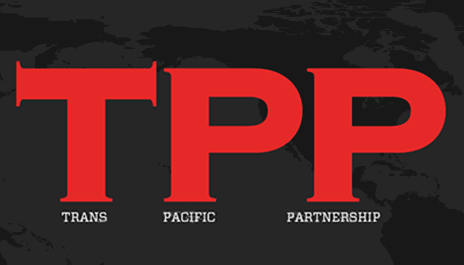A closer look at TPP – controversial or sound economics?
After years of negotiation, trade ministers from 12 various countries managed to reach an accord regarding the Trans Pacific Partnership. As per New York Times reports, the United States said it was merely “an important first step”. The agreement has definitely taken a leap in terms of progress, as previous meetings in the last few months all proved futile with various obstacles, bringing it to a halt time and again. Trans Pacific Partnership is probably one of the biggest initiatives by Barack Obama before he steps down as the President of the United States.
Recently, societies on campus such as Warwick Economics Summit have been examing, as part of their WES goes Global campaign, the effects of the TPP and what impact it might have on trade and services throughout the United States and Asia as a whole.
The Trans-Pacific Partnership is an extensive free trade agreement involving 12 member countries- United States, Australia, Brunei Darussalam, Canada, Chile, Malaysia, Mexico, New Zealand, Peru, Singapore, Vietnam, and recently, Japan as well.
The TPP is expected to be larger than the North American Free Trade Agreement (NAFTA), the world’s largest trade region at present. With it involving 12 major economies (3 NAFTA members coupled with 9 other nations), the agreement would now be responsible for 40% of the world’s GDP and 26% of the world’s trade.
the agreement would now be responsible for 40% of the world’s GDP and 26% of the world’s trade.
While expected to be a boon in terms of promoting growth and access for several economies, it will pose challenges in terms of copyrights and patents as well as minimum wage regulation.
The Trans Pacific Partnership is capable of promoting more job opportunities, boosting exports as well as acting as a catalyst to economic growth for the 12 countries involved. Via this agreement, trade barriers will be eliminated and this would encourage transfer of skills, goods and services between the members. According to the US officials, this is said to be the world’s most progressive and forward looking agreement thus far and this can be seen through the improvisation in the agreement by President Obama.
For an average individual, TPP impacts can be seen via the dwindling of the minimum wage. This may be evident because companies, in an effort to minimize cost while still abiding by the minimum wage requirement, will begin to outsource the work. For example, companies would prefer to pay less to Vietnamese workers who obtain 52 cents per hour as their minimum wage. Hence, American workers would need to compete with such low wages as companies would prefer lower paid foreign labour.
Establishments such as Doctors Without Borders are opposing this aspect of the agreement as it would make medicine much more expensive.
Besides that, based on the TPP agreement, intellectual property laws would be strengthened. In other words, patents and copyrights will be even more protected. This may be an obstacle to the access of generic drugs, especially in poorer countries. Establishments such as Doctors Without Borders are opposing this aspect of the agreement as it would make medicine much more expensive.
TPP could also be viewed based on its impact on ASEAN countries. Some ASEAN countries involved in the TPP are also in AFTA (ASEAN Free Trade Agreement) such as Brunei Darussalam, Malaysia, Singapore, and Vietnam. The political response to the TPP would prove to be challenging not just for these countries, but also for those not included in the agreement such as Indonesia and Thailand.
By Sumeeta Ganesan


Comments